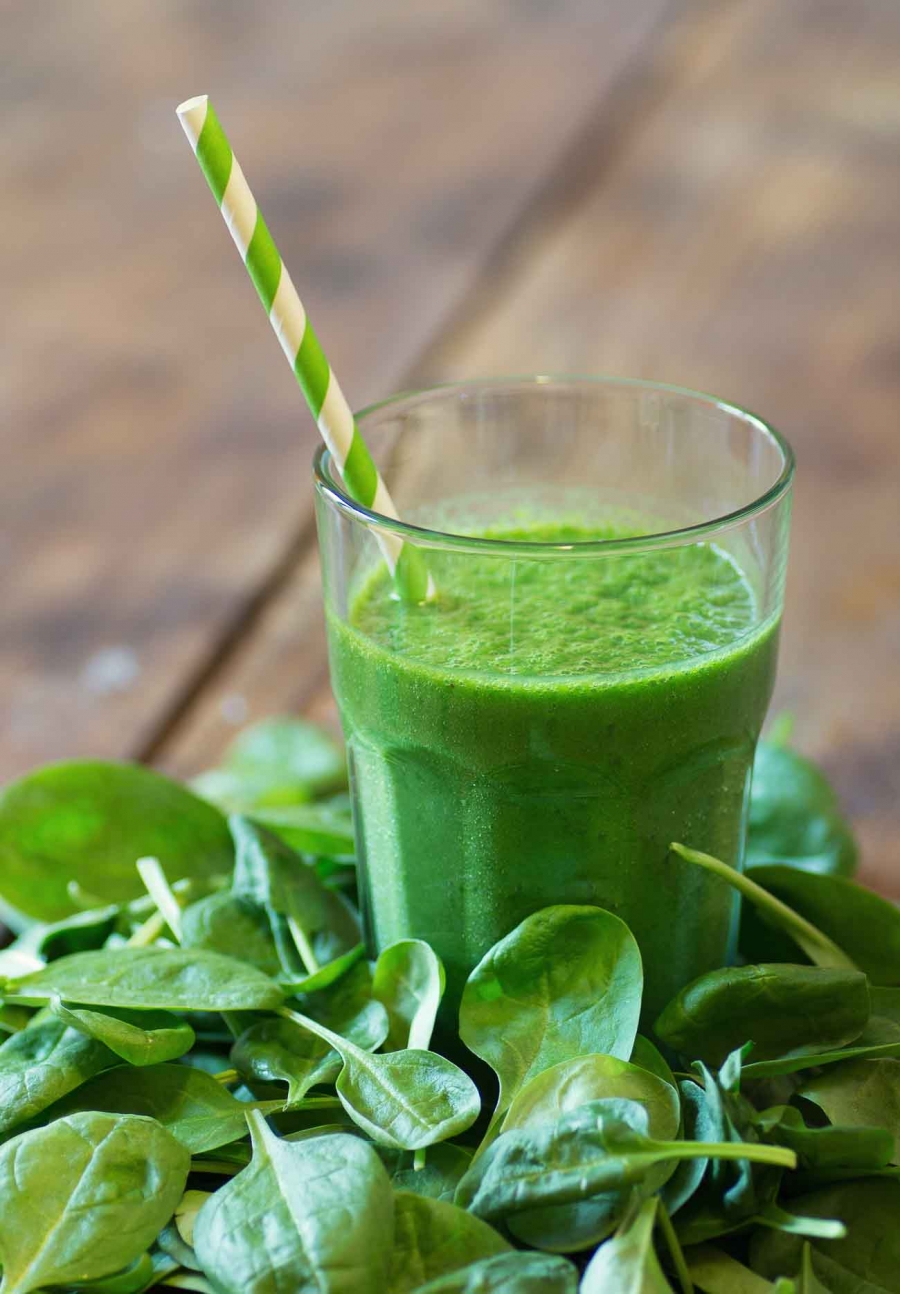Spinach is low in calories and packed with numerous vitamins, minerals and beneficial phytonutrients making spinach rank at the top of the superfood list. We’ve already introduced how to make juicing a simple and essential part of your daily diet. Nutrition aside, juicing vegetables and fruits make for very filling and balanced meals, without having to count the calories and carbs. Smaller meals like breakfast, brunch or teatime can easily accommodate juices for a tasty and refreshing inclusion.
It’s common to think of fresh fruit when we think of juice, but the benefits of juicing vegetables are undeniable. The Green Juice is now an increasingly common fitness drink. While many of you who aren’t fond of spinach may turn your face away, there are some benefits which make it worth including it in your diet once in a while.
So is it better to always consume spinach raw? How come our ancestors always cooked the greens? This post will shed light on the benefits of both and how you can get a little bit of it all.
Benefit of cooking spinach: Raw spinach contains an organic substance known as oxalic acid, which is known to hinder the ability to absorb other essential nutrients like calcium and iron. This is because oxalic acid tends to combine with calcium in our diets, making it impossible for our bodies to assimilate and use them. Cooking the spinach breaks this oxalic acid down which means you get the maximum nutrient value from it.
It is good to eat spinach in its cooked form, for easier assimilation of vitamins A and E, protein, fiber, zinc, thiamin, calcium, and iron. It also enables vital carotenoids, such as beta-carotene, lutein, and zeaxanthin, to become more absorbable by the body.
Benefits of Raw Spinach: However, that does not mean you should avoid raw spinach at all costs, because it contains some essential nutrients which are better consumed when raw, such as folate, niacin, riboflavin, potassium and vitamin C. Always consuming cooked spinach, while allowing our bodies to absorb calcium in the right way, may lead to deficiencies of the rest of the spectrum of nutrients.
So it is advisable to balance the intake of cooked and raw spinach by including one green juice every 7-10 days, into your diet, so you can get the required range of micronutrients too.
The average amount of macronutrients in a 100-gram serving of spinach is roughly the same, whether you consume it raw or cooked. Both servings provide about 23 calories, 3.8 g of carbohydrates, 3 g of protein, 0.3 g of fat, and a whopping 2.4 g of fiber, which is 10 percent of the daily value.
Here are a few interesting Spinach Recipes that you can include it in your diet. And here is a healthy and refreshing spinach-based juice to kick start your day with!
Cooked Vs Raw Spinach For Iron Content via Shutterstock









